Tectonic processes and the evolution of the continental crust
Résumé
The Earth is the only known planet where plate tectonics operates. We review the features of Archean and early Proterozoic geology that constrain tectonic environments and inform discussions of the onset of plate tectonics. There is the question of scale and how the results of individual case studies are put into a wider global context. Global models may be difficult to test and we seek to integrate evidence for plate tectonics being active with ancient records of subduction. We explore evidence for when the continental crust became rigid enough to facilitate plate tectonics based on the occurrence of widespread dyke swarms and large sedimentary basins, relatively widespread granulite facies metamorphism and evidence for crustal thickening. We argue that it remains difficult to constrain tectonic settings from contemporaneous metamorphic events without spatial controls. Archean cratons stabilized at different times in different areas from 3.1 to 2.5 Ga, juvenile continental crust changed from mafic to more intermediate compositions, there was a reduction in crustal growth at c. 3 Ga and increasing evidence for the lateral movement of crustal fragments. These, together with the other changes at the end of the Archean, are taken to reflect the onset of plate tectonics as the dominant global regime.
Domaines
Planète et Univers [physics]| Origine | Publication financée par une institution |
|---|---|
| Licence |


